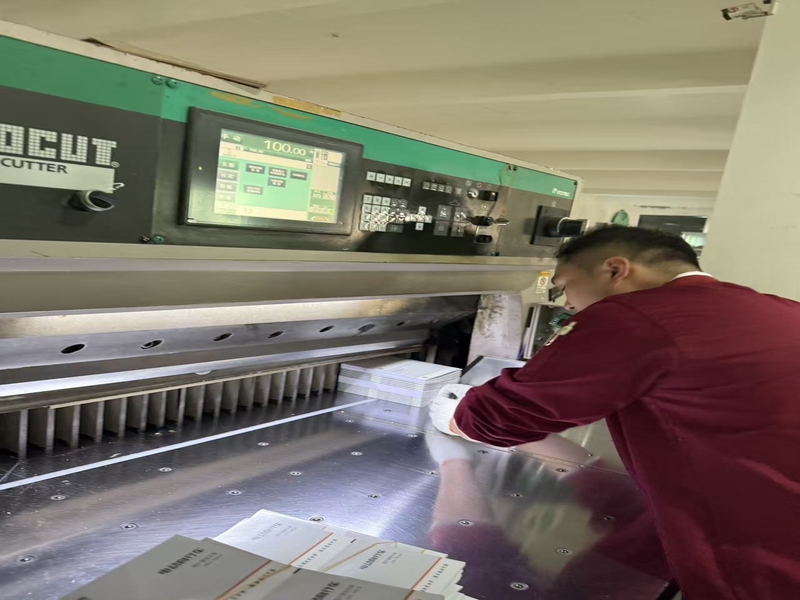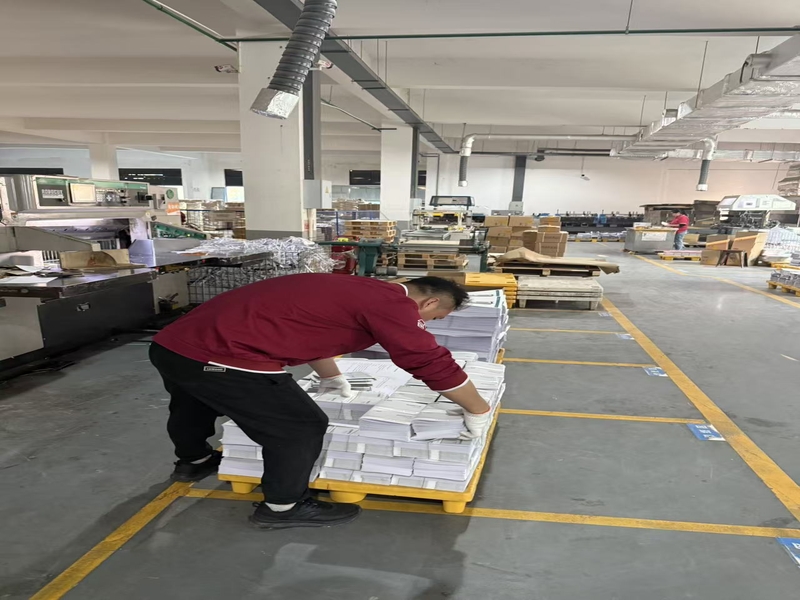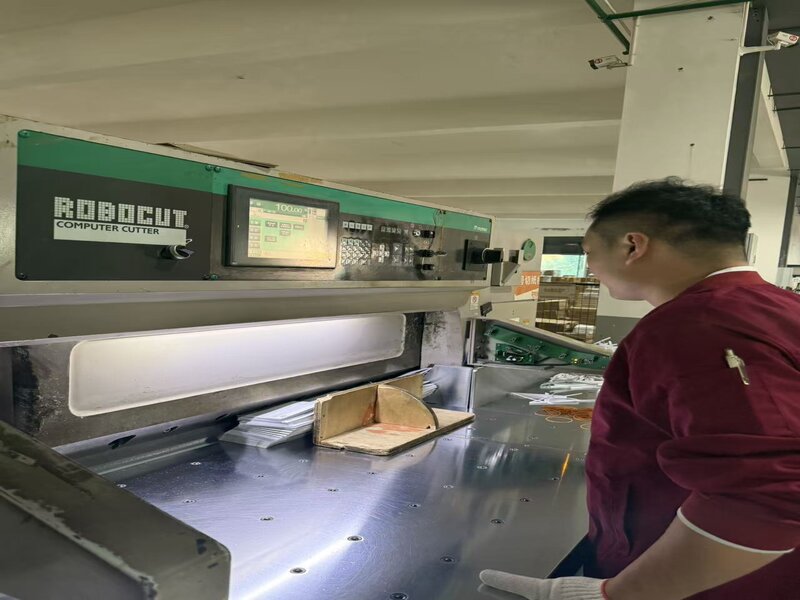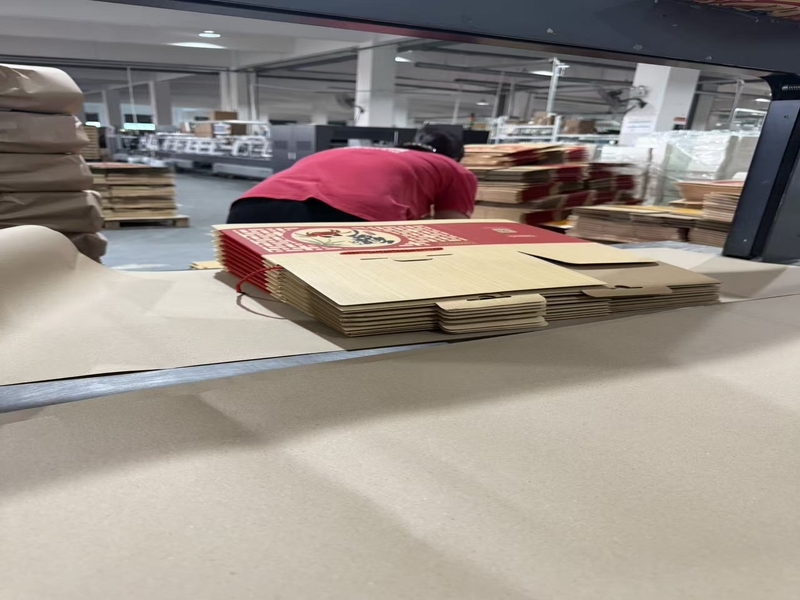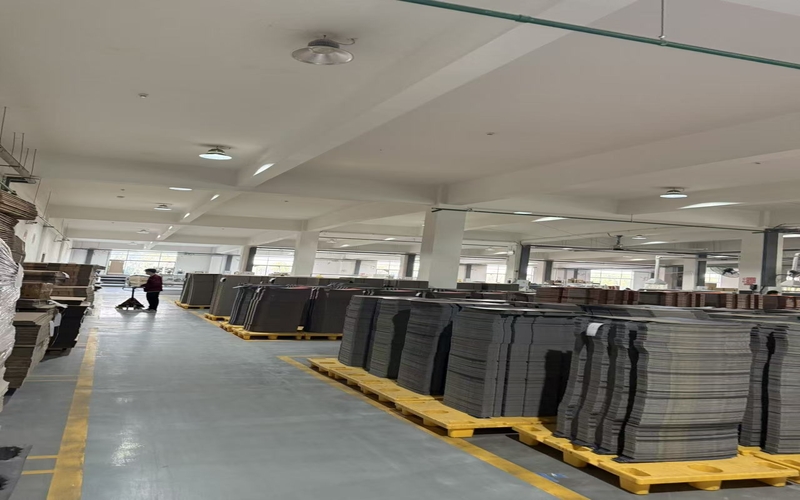Sustainable Packaging Showdown: Compostable, Biodegradable & Recyclable Materials
As environmental concerns continue to shape consumer behavior and industry regulations, businesses are under growing pressure to adopt sustainable packaging solutions. For companies like Wuxi Box Printing Technology, this is more than a trend—it’s a responsibility. However, understanding what makes packaging sustainable can be confusing, especially with terms like compostable, biodegradable, and recyclable often used interchangeably. In this article, we break down the differences, benefits, and best-use scenarios of each material to help you make smarter packaging decisions for your business.
Compostable Packaging: Designed to Feed the Earth
Compostable packaging is made from organic materials such as cornstarch, sugarcane, bamboo, or polylactic acid (PLA), all of which are engineered to decompose under composting conditions. The main benefit is that compostable packaging not only breaks down but also enriches the soil with nutrients during the process.
There are two categories:
Home compostable: Decomposes at ambient temperatures in backyard compost bins.
Industrial compostable: Requires high-heat composting facilities to fully degrade.

Benefits:
Leaves behind zero toxic residue or microplastics.
Ideal for food-related items where recycling is not an option due to contamination.
Supports a circular economy when properly disposed of.
Considerations:
Limited composting infrastructure in some regions.
Higher cost than conventional packaging.
Requires consumer education and clear labeling.
At Wuxi Box Printing, we offer certified compostable materials for brands that prioritize sustainability and want to show it on the shelf and in the soil.
Biodegradable Packaging: Naturally Breaks Down Over Time
Biodegradable packaging includes materials that decompose through microbial activity. Unlike compostable materials, there is no specific timeline or end-product required. While the term sounds environmentally friendly, it can be misleading if not properly defined or certified.
Some biodegradable materials can take months or years to degrade, and many require specific conditions to do so effectively—such as oxygen, moisture, or sunlight.
Benefits:
Reduces the buildup of long-term waste.
Can be used where composting or recycling may not be feasible.
Offers versatility across many packaging types.
Considerations:
Some biodegradable plastics may break into microplastics, especially in landfills.
Lacks regulation and standardization, leading to greenwashing.
May not decompose as intended in marine environments or cold climates.
Biodegradable packaging is a practical step for businesses aiming to reduce environmental impact without overhauling existing logistics or product formats.
Recyclable Packaging: Closing the Loop
Recyclable packaging refers to materials that can be reprocessed and turned into new products, thereby reducing the need for virgin resources. Common recyclable materials include cardboard, kraft paper, PET plastics, and aluminum.
At Wuxi Box Printing Technology, we specialize in recyclable paperboard boxes, corrugated mailers, and eco-friendly coatings that don’t interfere with the recycling stream.
Benefits:
Widely accepted in most municipal recycling programs.
Cost-effective and highly customizable.
Reduces reliance on non-renewable resources.
Considerations:
Must be clean and uncontaminated to be recycled effectively.
Coatings, laminations, or mixed materials can make recycling difficult.
Regional variations in recycling capabilities.

Recyclable materials are often the most accessible form of sustainable packaging, especially for retail, cosmetics, and e-commerce products.
Choosing the Right Material for Your Brand
Each sustainable packaging type has unique advantages depending on your product, industry, and environmental goals. Consider the following when making your choice:
Product use: Food packaging may require compostable materials, while electronics benefit from recyclable paperboard.
Disposal options: What infrastructure is available in your market? Urban areas may offer composting; rural areas may not.
Consumer expectations: Eco-conscious buyers appreciate transparency and visible sustainability credentials.
Cost and scalability: Compostable packaging can be pricier, but might offer a competitive edge in green markets.
At Wuxi Box Printing, we consult with clients to choose materials that not only reduce waste and carbon emissions but also enhance the brand story.
Conclusion: Sustainable by Design
Understanding the difference between compostable, biodegradable, and recyclable materials is essential for any business looking to align packaging with environmental values. While no single solution is perfect, taking thoughtful steps toward sustainability—backed by accurate information—builds trust with your customers and strengthens your brand reputation.
At Wuxi Box Printing Technology, we are committed to offering packaging solutions that don’t just look good—they do good. Whether you're launching a new product or looking to upgrade existing packaging, our team is here to guide you toward options that meet both your sustainability goals and your business needs.



